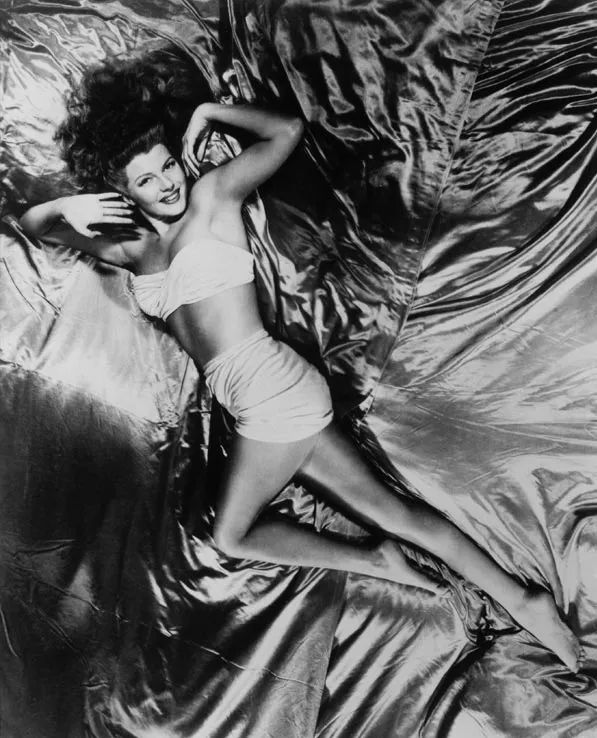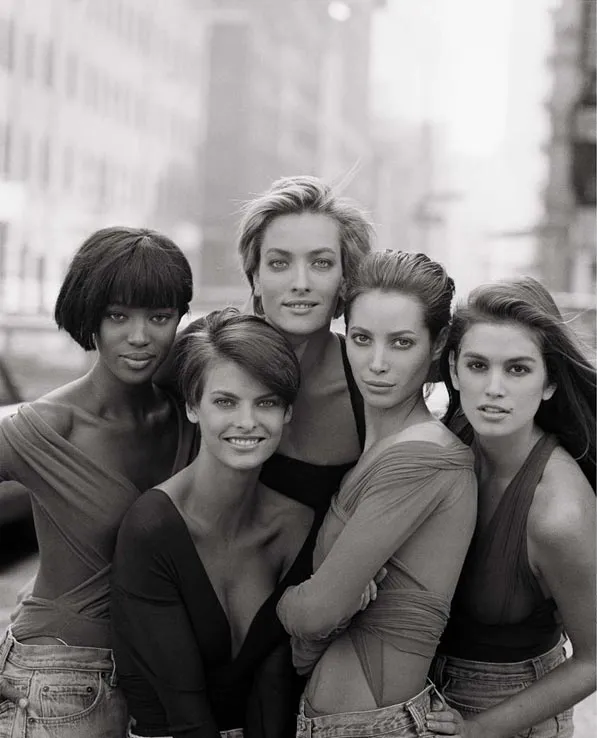A recent Harvard study highlighted the true costs to society and the individual of body dissatisfaction and appearance-based discrimination amounting to billions of dollars. Obesity is on the rise globally and the US. The WHO has called obesity a global epidemic and recommends population-wide health promotion strategies to address this issue.
Lena Krikorian
3 April 2023
German version | Spanish version
An estimated 1.9 billion adults world-wide were either overweight or obese in 2016. In the US one in five children and more than 1 in 3 adults struggle with obesity. Experts have stated that obesity is responsible for 5 million preventable deaths per year and the WHO has labelled obesity as a global epidemic. Dr. Tedros the Director General of the WHO had words of warning on the occasion of the world obesity day in March 2022:
In the United States, body dissatisfaction – a severe and constant feeling about your physical appearance – and appearance-based discrimination based on body size and skin shade are common and costly. According to a recent statistic published by the CDC (Center for Disease Control and Prevention), obesity costs the US healthcare system nearly $173 billion a year.
A report issued in October 2022 by the Harvard T.H. Chan School of Public Health and the Dove Self-Esteem Project concluded that body dissatisfaction and appearance-based discrimination costs the US approximately USD 300 billion and USD 501 billion per year respectively, and cost the US economy over USD 800 billion annually. The costs for body dissatisfaction alone can “cover college tuition, fees, room and board for 2.9 million girls annually,” according to the report.
The Harvard report concluded that body dissatisfaction and appearance-based discrimination account for decreased productivity at work and increasing mental health illnesses such as depression, anxiety, and eating disorders in children and adults. Body image issues stem from societal norms and pressures to look a certain way, which also feeds into unconscious bias in the workplace and in schools. According to an analysis in Business Insider of the Harvard and Dove report, “kids with darker skin receive harsher discipline, which decreases the chances that they will graduate, that decreases chances they’ll go on to higher education.’”
A study published by the APA (American Psychological Association) on How not to feel good naked? The effects of television programs that use “real women” on female viewers’ body image and mood, concluded that when women watched a lifestyle television program aimed at promoting body positivity, they experienced similar increases in anxiety about their body and dissatisfaction compared to women who watched a program about fashion models.
The body positivity movement has its roots in radical fat activism of the late 1960s aiming to break the link existing between weight and personal worth. This activism was pushed by ethnic minorities who saw the beauty standards propagated in fashion and films as unattainable and very white. Hollywood played a significant role in defining ‘traditional’ beauty standards. Marilyn Monroe, Rita Hayworth and Hedy Lamar portrayed the ideal woman of the 1940s and 50s: a slim waist, blonde or red hair, and blue or green eyes. Men were supposed to be tall, slightly muscular, with short dark hair

Rita Hayworth, American actress, dancer and producer was one of the 1940s top stars, appearing in 61 films over 37 years. She was known as “The Love Goddess” and as one of the most glamorous screen idols of the 1940s. She was the top pin-up girl for GIs during World War II. © IMAGO / ZUMA Wire
In the 1980s and 90s the supermodels Cindy Crawford, Naomi Campbell and Linda Evangelista became the ideal beauty standard: slim, elegant and tall. Today, influencers on social media have taken the lead on propagating modern beauty standards which are more inclusive and diverse than in previous decades. A study titled “Screen Media Exposure and Obesity in Children and Adolescents” has proven the connection between increased child and adolescent obesity and social media use. COVID 19 and the increase in social media use has exacerbated this trend in recent years.

Fashion designer Gianni Versace sent Linda Evangelista, Naomi Campbell, Christy Turlington and Cindy Crawford down the runway to the soundtrack of George Michael’s ‘Freedom’ in 1991. © Gianni Versace
Yet, when looking even further into human history, there are many examples of periods when fat and chubby looks were revered. Especially in times of scarcity, rounded hips and fat rolls were a sign of fertility and health. Venus of Willendorf, an 11.1cm figurine estimated to have been made around 25 000–30 000 years ago, was discovered during excavations in 1908 near the village of Willendorf in Lower Austria. It is believed to depict a fertility goddess, with large breasts and extra kilos around the waist and hips. The reference to Venus in her name is metaphorical – she is believed to represent the ideal woman of her age (main picture above).

The term “Rubanesque woman” refers to the ideal woman as portrayed by Peter Paul Rubens who lived from 1577-1640. These women were obese, yet muscular, with child bearing hips and long flowing hair. In reality, being overweight was the ideal beauty standard for much of human history. Today in rural Mauritania, being very obese is a sign of beauty and fertility. Young girls are force-fed with up to 16 000 calories a day to increase their chances of marriage. Being sexy is being obese in Mauritania. Modern western society has turned away from the Rubanesque woman – also because of the health issues associated with being obese.

In Mauritania, young girls are brutally force-fed a diet of up to 16,000 calories a day—more than four times that of a male bodybuilder—to prepare them for marriage. © Marie Claire
According to the Mayo Clinic, “obesity is a complex disease involving an excessive amount of body fat. Obesity is not just a cosmetic concern. It is a medical problem that increases the risk of other diseases and health problems, such as heart disease, diabetes, high blood pressure and certain cancers.” While the health implications of obesity are real and should not be forgotten, being fat should not be stigmatized by society.
Dr. S. Bryn Austin, founding director of the Strategic Training Initiative for the Prevention of Eating Disorders (STRIPED) at Harvard and Boston Children’s Hospital, told Business Insider that many people do not realize the economic impact of beauty standards. To address the long-standing issue of high financial and psychological costs of appearance-based discrimination and body dissatisfaction, Austin proposed that the US should introduce laws such as banning the sale of weight-loss pills to children in order to “chip away at the insidious effects of diet culture.”
A new concept, “body neutrality”, which does not focus on physical appearance but rather promotes what the body can do might be the answer to combatting body dissatisfaction and appearance-based discrimination. An example of body neutrality is saying to yourself, “My body is great because it enables me to engage in activities I love,” or, “My body is amazing, it allowed me to have two wonderful children.” By taking the focus away from looks and concentrating on appreciation of your body, body neutrality would also help rid society of the social stigmas associated with being over-weight. This would not only improve quality of life and mental wellbeing for the individual, but also reduce the costs to society at large.







